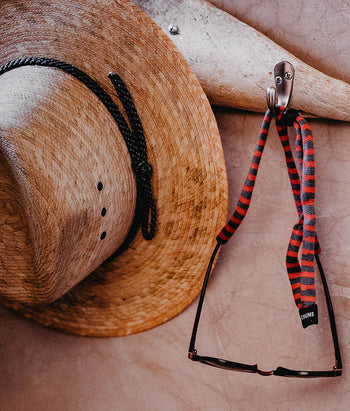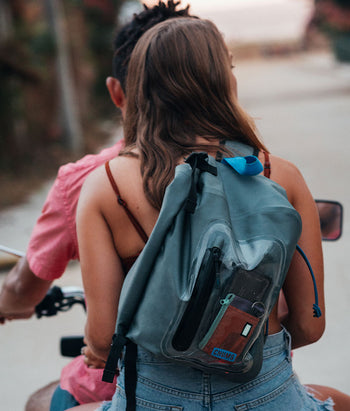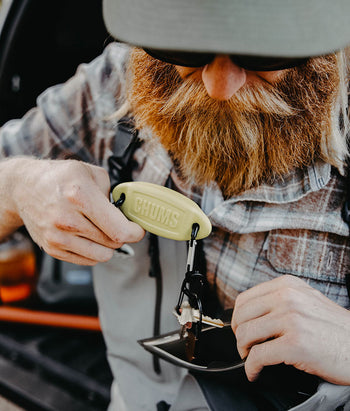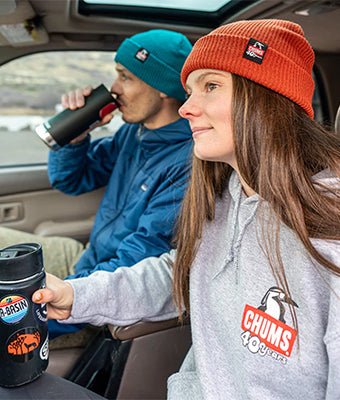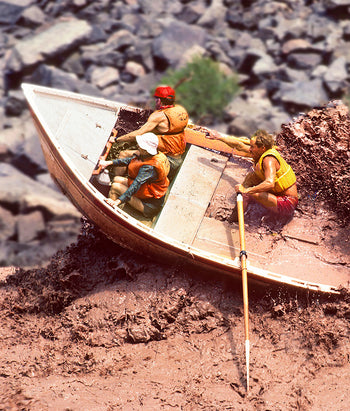High Country Fishing: How to Get Started
The leaves have started doing their thing—you know—that intoxicating golden glow and amber blaze that distracts you from whatever you should be doing and entices you to play outside. Each season I'm pulled out by the colors, the crisp mornings, a coffee walk, and of course, big fish. But this year, I can't help but feel a tinge of sadness every time I catch the golden glow of the aspen trees—I know the landscape will soon be covered in white long before I'm ready to let it go. The first dusting of snow brings a temporary close to the high country season. The lakes and creeks will be frozen solid with (hopefully plump) trout resting beneath the ice—hunkered down until melt-off begins six months later.
For many reasons, the high country has long been one of my favorite places to cast a line, and I'm often asked by fly fishing newcomers about how to get started. I thought I'd answer those questions here—and while I could write pages about the high country—I'll keep these answers short and sweet. Here's hoping you'll be able to squeeze in a walk in the woods with your fly rod before the snow falls.


What do you mean by "High Country Fly Fishing"? What is it exactly?
That certainly depends on who you ask. But since you're asking me, I'll tell you. It's the few downright glorious summer and early fall months when the hills are alive with cold mountain lakes and creeks teeming with hungry trout. It's the opportunity to chase native cutthroat, trick large cut bows and maybe fry up a brookie or two on an overnight backpacking trip. It's the chance to explore new waters with a fly rod in one hand and a box of dry flies in the other. It's the chance to fish unpressured streams without another soul in sight.
What is a high country trout?
You might find native cutthroat, brookies, and goldens or wild rainbows and browns, depending on your geographic location. There are few regions where native fish exist and thrive in these waters, but many of the fish you will find were put there long ago by your state Department of Wildlife agency. Often when their stocking is successful, these fish are left to repopulate on their own—without annual stocking efforts and can, in turn, grow quite large. Though most high country trout you will catch are on the smaller side, the average between 8 - 12 inches.
How do I get started?
Not all high country adventures are created equal, and my idea of a good time might not be the same as yours. To get the most out of your trip, outline your expectations ahead of time. For example, you might ask yourself the following:
-
Do I want to spend all day hiking, or would I prefer a leisurely afternoon?
-
Is it super important that I catch a native cutthroat, not a brook trout?
-
Do I want to see the most scenic lake possible and catch a lot of small fish, or see a slightly less scenic lake with the potential of catching one really big fish?
-
Am I going to practice catch and release angling, or am I looking to catch and cook on my overnight backpacking trip?
Once your goals are clear, it's easier to start planning.
Ok, I'm clear on what I want. Now what?
Start researching. There are numerous resources, whether it's the ol' Google search, your local fly shop, or your neighbor down the street. But be aware: not everyone willingly gives up their fishing spots—half the fun is figuring it out for yourself. I like to spend winter evenings cozied up while perusing Google Earth, following feeder creeks and looking at lake depths.
What flies should I use?
I'll tell you this: I've had ridiculously easy days in the high country and ridiculously tough ones when nothing in my fly box even garnered a side-eyed look. Trying things out is part of the fun! That said, most of the time, a few simple patterns are all it takes for success. My top five “must carries” are:
-
Any and all ant patterns
-
Stimulators
-
Parachute Adams
-
Wooly Bugger with a pheasant tail nymph trailing behind
-
Chironomids
Conservation
Though backcountry ecosystems see less angling pressure than those that are more accessible or located closer to urban centers, they are still fragile. So, please clean up after yourself and leave these areas in the same condition that you found them (or better). If you're not a 100% catch and release angler, know the local laws on keeping fish before you head into the backcountry.
Although this is far from an exhaustive list of the ins and outs of high country fly fishing, these tips and tricks will make your first foray into more remote zones that much easier and more enjoyable. Be safe and have fun out there.


